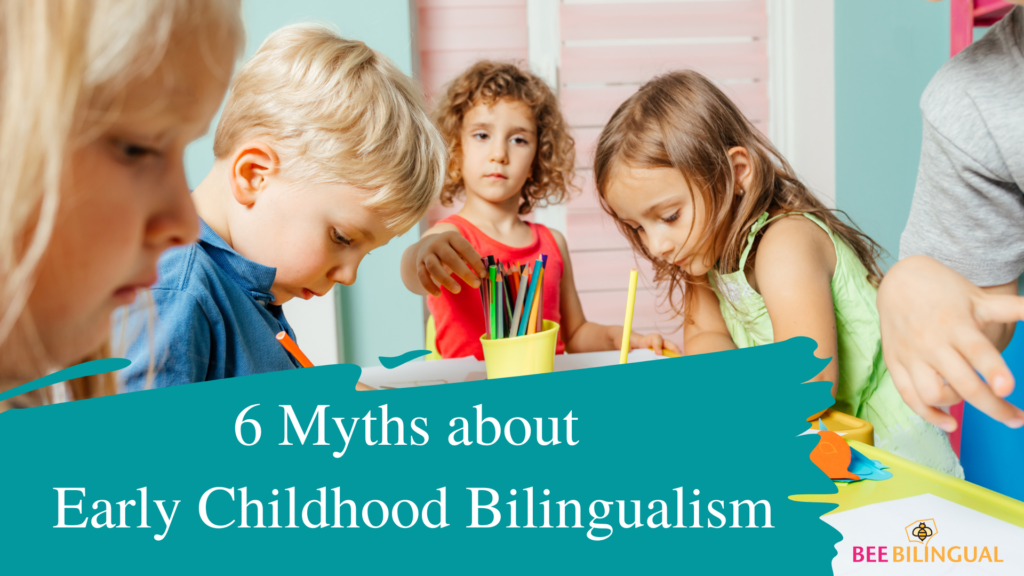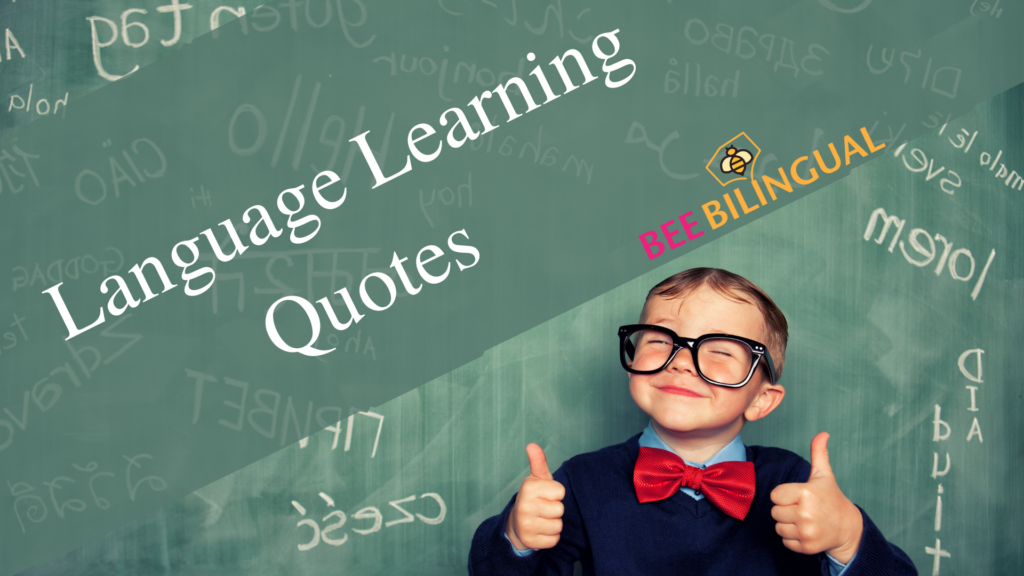Raising bilingual children is an enriching and empowering journey that opens doors to diverse cultures, enhanced cognitive abilities, and improved communication skills. However, amidst the excitement, parents often encounter well-meaning advice that may perpetuate misconceptions about bilingualism. In this blog post, we debunk common myths and set the record straight on the wrong things people often tell parents who raise their children bilingually.
Common Misconceptions about Raising Bilingual Children

1. Myth: “Children will be confused by learning two languages simultaneously.”
Reality: Research shows that children have a remarkable ability to differentiate between languages from an early age. Bilingual children can develop distinct language systems and demonstrate cognitive flexibility, adapting effortlessly to different linguistic contexts. Their bilingualism empowers them with enhanced problem-solving skills and a deeper appreciation for diverse cultures.
2. Myth: “Bilingual children will experience language delay.”
Reality: Language development varies among children, regardless of whether they are monolingual or bilingual. Bilingual children may initially show a slight lag in vocabulary size in each language, but their overall language skills catch up quickly. As they progress, they often demonstrate advanced metalinguistic awareness and superior executive functions due to their language-switching abilities.
3. Myth: “Speaking two languages will hinder academic success.”
Reality: Bilingualism brings cognitive advantages that positively impact academic performance. Studies show that bilingual children excel in areas such as problem-solving, multitasking, and creative thinking. They may possess a deeper understanding of language structure, exhibit strong reading skills, and have a heightened ability to grasp complex concepts across various subjects.
4. Myth: “Parents must be perfectly fluent in both languages to raise bilingual children.”
Reality: While it is beneficial for parents to have proficiency in both languages, being a native speaker is not a prerequisite for successful bilingual parenting. The key lies in providing consistent exposure to each language, whether through family members, educational resources, community events, or language classes. The child’s language skills develop through immersive experiences and meaningful interactions.
5. Myth: “Bilingualism hinders cultural identity and integration.”
Reality: On the contrary, bilingualism strengthens cultural identity and fosters a sense of belonging in both cultures. Bilingual children have the unique ability to navigate and understand different cultural norms, traditions, and perspectives. They become bridges between communities, fostering multicultural understanding and integration.
6. Myth: “Bilingualism is only beneficial in childhood and has limited long-term advantages.”
Reality: Bilingualism offers lifelong benefits. Bilingual individuals are often more adaptable and open-minded, possessing strong communication and interpersonal skills. They have a competitive edge in the job market, expanded career opportunities, and increased cultural awareness in our globally interconnected world.
7. Myth: “It’s too late to start bilingualism after the critical period.”
Reality: While it is true that language acquisition is generally easier for young children, the idea of a fixed critical period for learning languages is a myth. Bilingualism can be successfully introduced at any age, and individuals can achieve high levels of proficiency. Language learning at later stages may require different strategies and approaches, but the benefits and rewards of bilingualism are still attainable.
8. Myth: “Bilingualism is only for families with a language background.”
Reality: Bilingualism is achievable in any family, regardless of their language background. As we mentioned above, while having native-speaking parents can provide an ideal language model, parents who are non-native speakers can also foster bilingualism by immersing their children in the target language through consistent exposure, books, songs, and cultural activities.
9. Myth: “Bilingualism is a temporary phase that children will outgrow.”
Reality: Bilingualism is a lifelong gift that continues to provide advantages throughout adulthood. Bilingual individuals can effortlessly switch between languages, enabling effective communication with diverse groups of people and opening doors to global opportunities. Bilingualism is an invaluable asset that continues to enrich and shape their personal and professional lives.
10. Myth: “It’s best to introduce one language at a time.”
Reality: Simultaneous language exposure, where both languages are introduced from an early age, is the most effective approach to bilingualism. Children possess the innate ability to acquire multiple languages simultaneously, making the most of their language-learning potential during critical developmental periods.
By debunking these ten common myths surrounding bilingual parenting, we aim to empower parents to embrace the true benefits and joys of raising bilingual children. Bilingualism enhances cognitive abilities, nurtures cultural understanding, and opens doors to global opportunities. As parents, educators, and advocates, let us dispel the misconceptions, celebrate linguistic diversity, and foster an environment where bilingualism is embraced and celebrated. Embrace the journey, shatter the myths, and watch your bilingual children flourish in a world of endless possibilities.
Remember, raising bilingual children is an extraordinary gift that provides lifelong advantages. Embrace the truth, ignite their linguistic potential, and witness the beauty of their bilingual minds unfolding.


